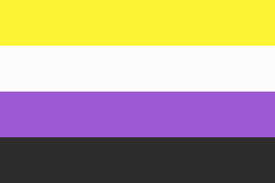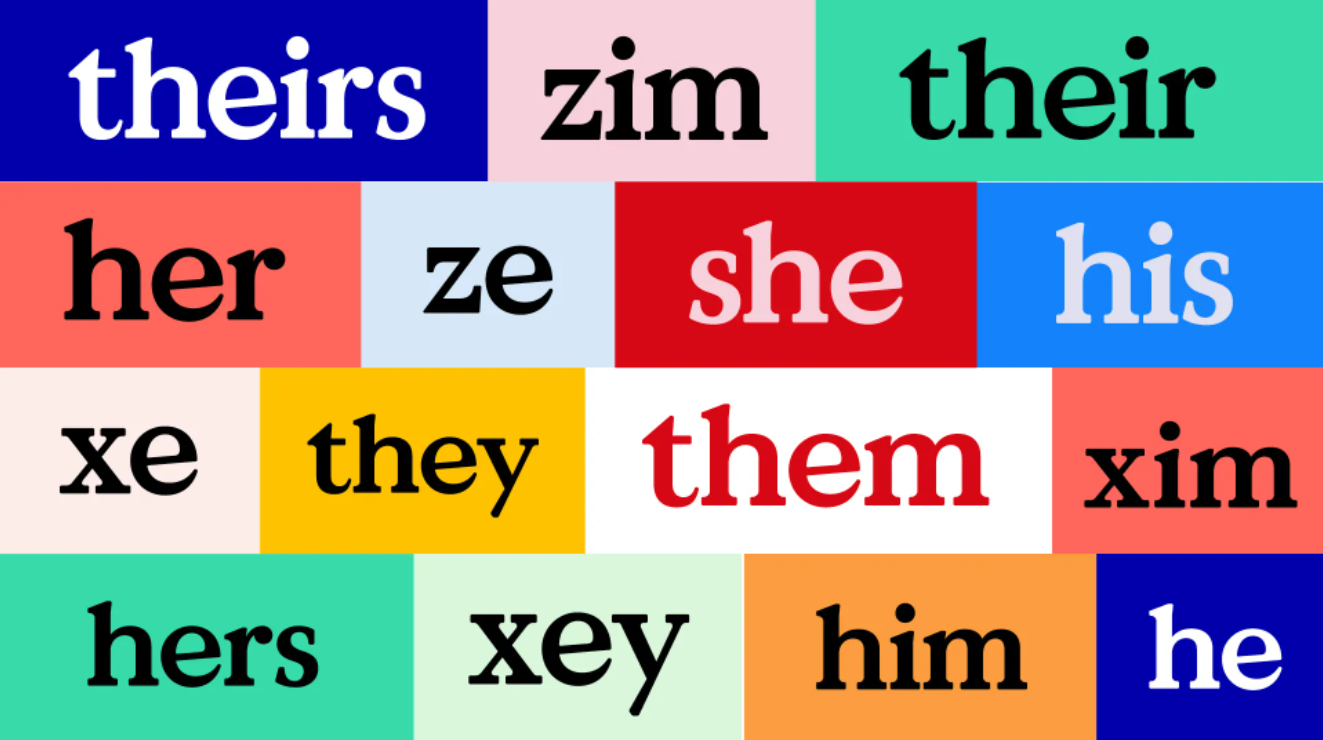Non-Binary People's Day (14 July)
What does non-binary mean?
International Non-Binary People’s Day is observed each year on 14 July and aims at raising awareness and organising around the issues faced by non-binary people around the world. This date shines a light on non-binary people and celebrates the community’s rich and vast diversity.
The day was first celebrated in 2012. The date was chosen to be precisely between International Men’s Day and International Women’s Day. Non-binary (also spelt nonbinary) is an umbrella term for gender identities that are neither male nor female - identities outside the gender binary. Most countries do not recognise non-binary as a legal gender, meaning most non-binary people still have a gendered passport and official identification. However, some countries include non-binary gender options on passports, including Australia, Bangladesh, Canada, Denmark, Germany, and India.
Why is non-binary visibility important?
Non-Binary individuals face a barrage of discrimination (along with those who identify as Transgender). Most reported discrimination faced by non-binary individuals often includes disregard, disbelief, condescending interactions, and disrespect. Even in western countries such as the United Kingdom and the United States, non-binary and transgender protections and rights are disavowed.
- 25% of LGBT+ youth reported their gender identity falls outside the traditional gender binary. (Source: The Trevor Project).
- 12% of millennials no longer see gender as male or female, fixed binaries. (Source: GLAAD Accelerating Acceptance Report).
- 12–20% increase in the number of people identifying as non-binary within ten years (Source: Lloyds of London & Global Butterflies Guide 2020).
Questions to ask:
- Data: Are we demonstrating the value of capturing and monitoring diversity data and then displaying the results around trans and non-binary statistics specifically?
- Visibility: Do we have trans and non-binary industry-specific role models and allies at all levels?
- Communications: Are we explicitly marking trans and non-binary visibility days and signalling this externally?
- Talent attraction and applications: How many genders do we enable applicants to select between? Is there a specific non-binary option?
If you would like further information, please get in touch at: info@lgbtgreat.com.



